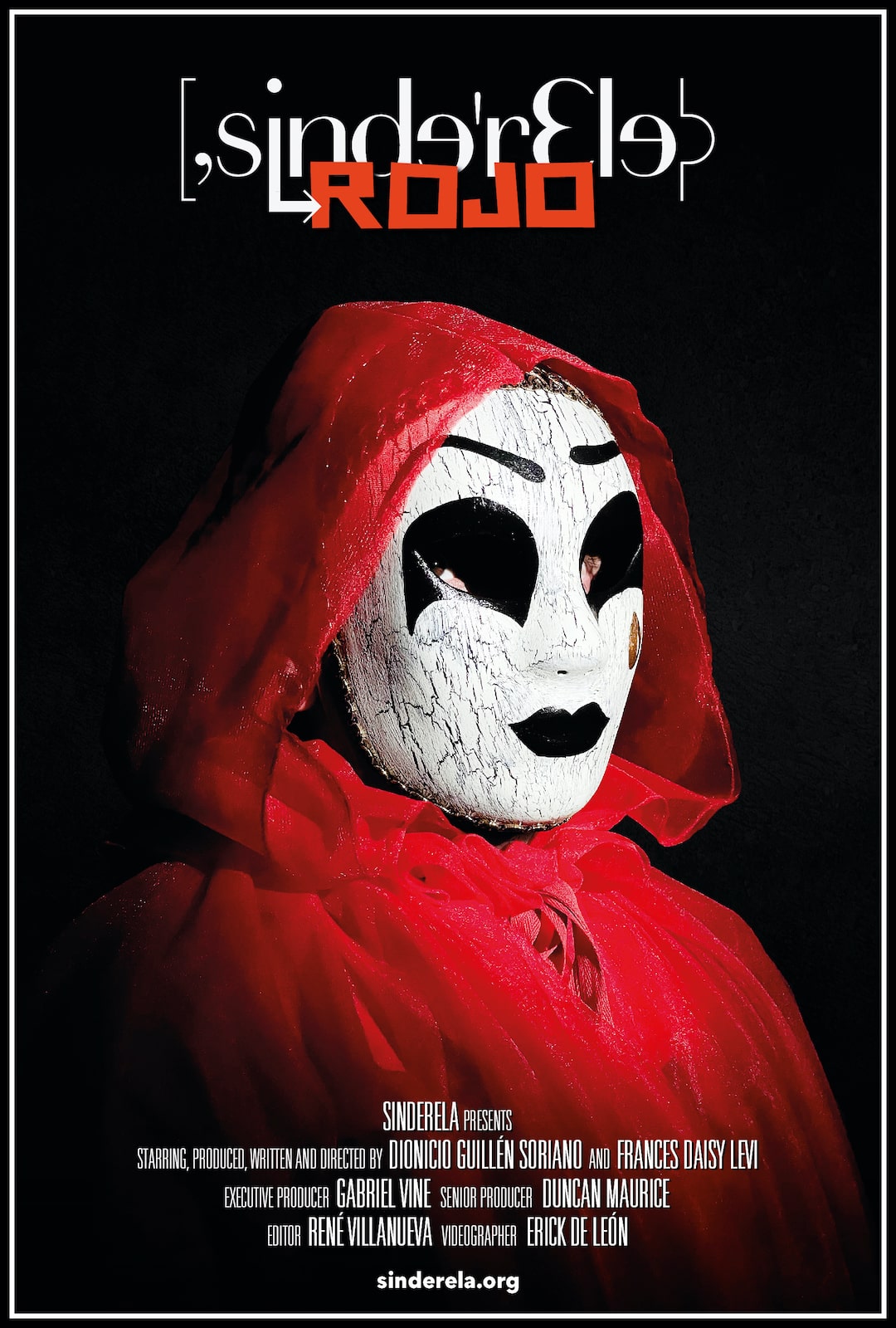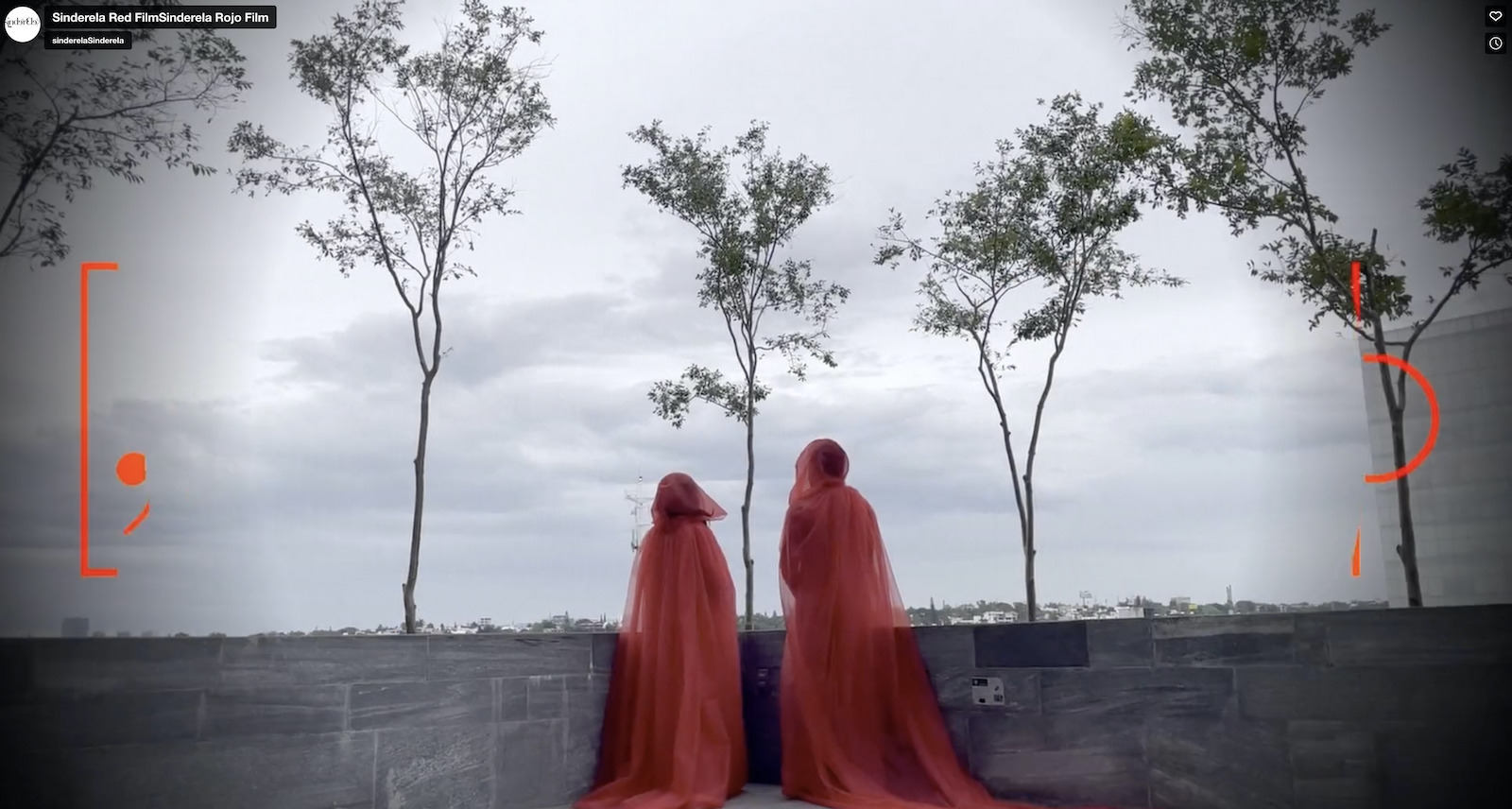Is ‘Sirena Rojo’ YouTube music video you need to watch?
What does it take to make a star? What must one do to create a life driven by performance? We caught up with the founder of Sinderela, the multidisciplinary arts organization about fast & dirty content making to find out how to produce content on the fast track after the chaos of the COVID-19 pandemic.
Film Daily: What is Sinderela?
Frances: It’s a space created by entrepreneurs who love art. We’re dedicated to telling stories about the scary things in life and creating peaceful activism – showing the realities of life through art and working with the underemployed.
As Sinderela, we’re really trying to create a legacy for people who may not necessarily have been given opportunities to be on a global stage before, but are worthy of it.
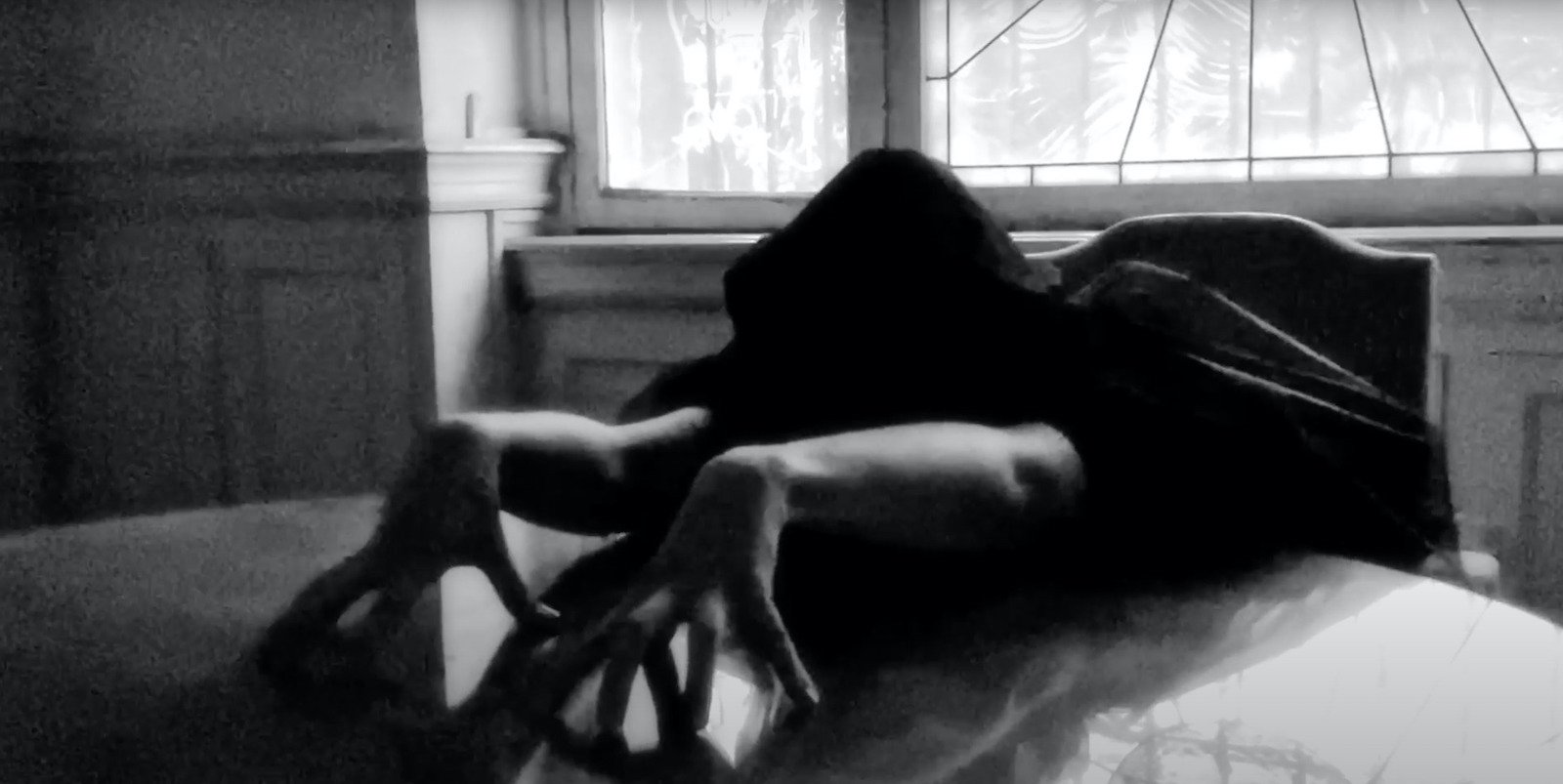
What is your vision of cinema, and what do you want to achieve through filmmaking?
Frances: We want to demonstrate to everyone in the world that, if you have a story to tell, you don’t need fancy equipment or to spend a lot of money. You do need to study the art form by watching films, meet other filmmakers, and collaborate with amazing people. You can create content that matters – without spending half a million dollars going to film school.
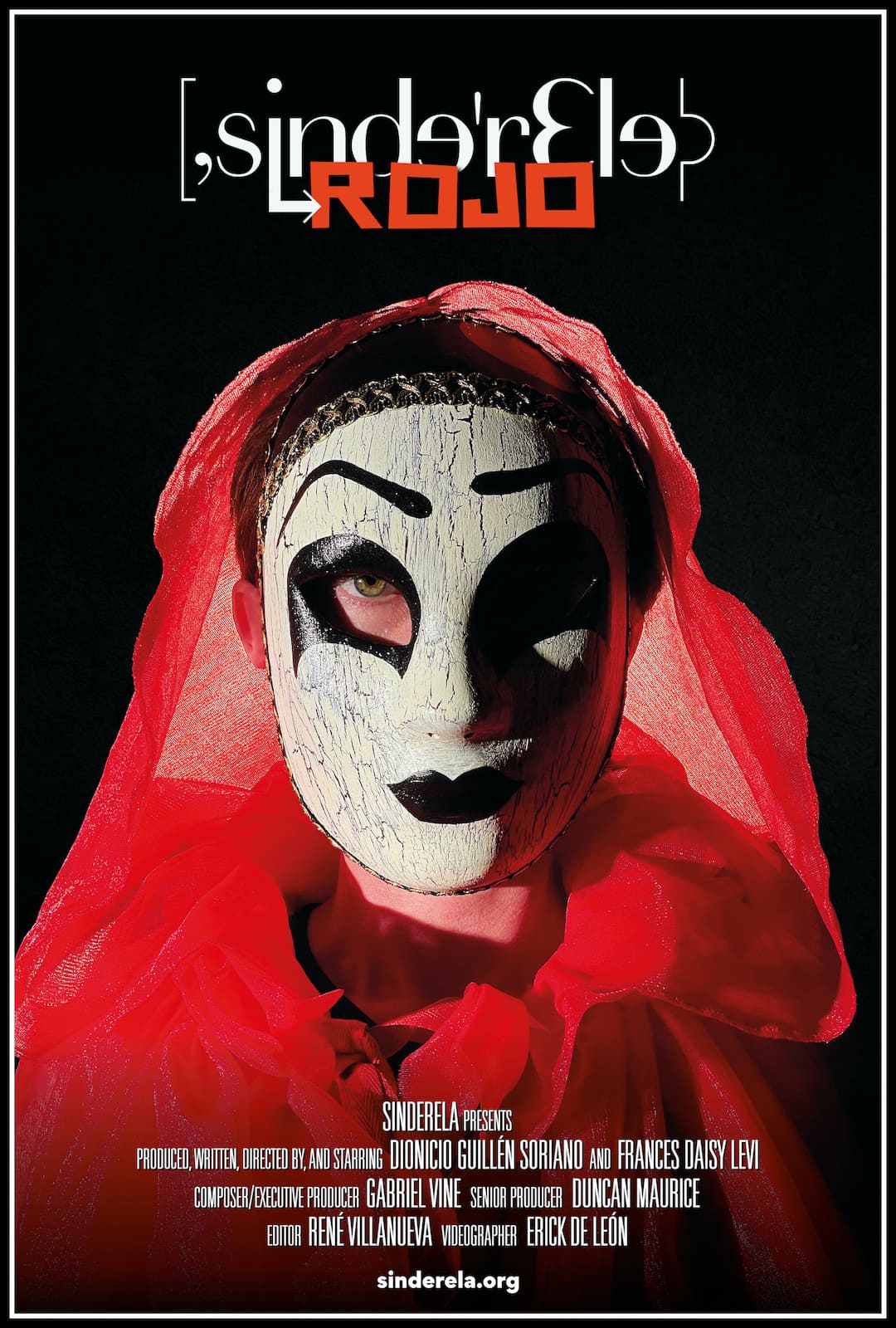
What are your biggest creative inspirations?
Frances: I’m a journalist: I’m inspired by real life, real stories, real people, street life. I came up through night clubs & the music scene, so I’m very interested in stories condensed like in song lyrics. I like to make content that contains three, four, five microstories which fuse together to create a bigger story.
Our editing team hates me because to create twenty minutes of story, we have to edit about two thousand cuts. We needed to be super lean in the pandemic and some of our content is dance- and performance-led – hours & hours of practice of classical ballet and pointe work in 2021, for example. As my choreographer, poor Dionicio tears his hair out when I get a step wrong for the thousandth time.
Given modern attention spans, I always try to encapsulate a story in the shortest time. In a less ephemeral way, of course, I’m hugely inspired by Helmut Newton, the fashion photographer. On the practical level, I love the golden age of Hollywood model, in which they operated like a telenovela [soap opera] studio, making a movie a week and sharing resources between productions.
I love to compare Old Hollywood’s productivity to modern Hollywood spending seven years to make the 87th boring Spider-Man movie.
I’m also inspired by working-class people and kitchen sink movies. Inspiration is everywhere in life – watching people work and create things with their hands is magic to me.

Tell us about your creative process.
Frances: It depends if it’s client-based or personal. For clients, my personal process starts with the marketing machine. For personal content, we already know what we want to create – but I’ll always be a marketer so it’s audience first.
For Sinderela projects, we have a really specific way of working: it always starts with the music. Next come costumes. We don’t start with the story ‘til the music is decided on because it’s dance-related. Textual & visual are very close; the Sinderela has success right now because we all love music.
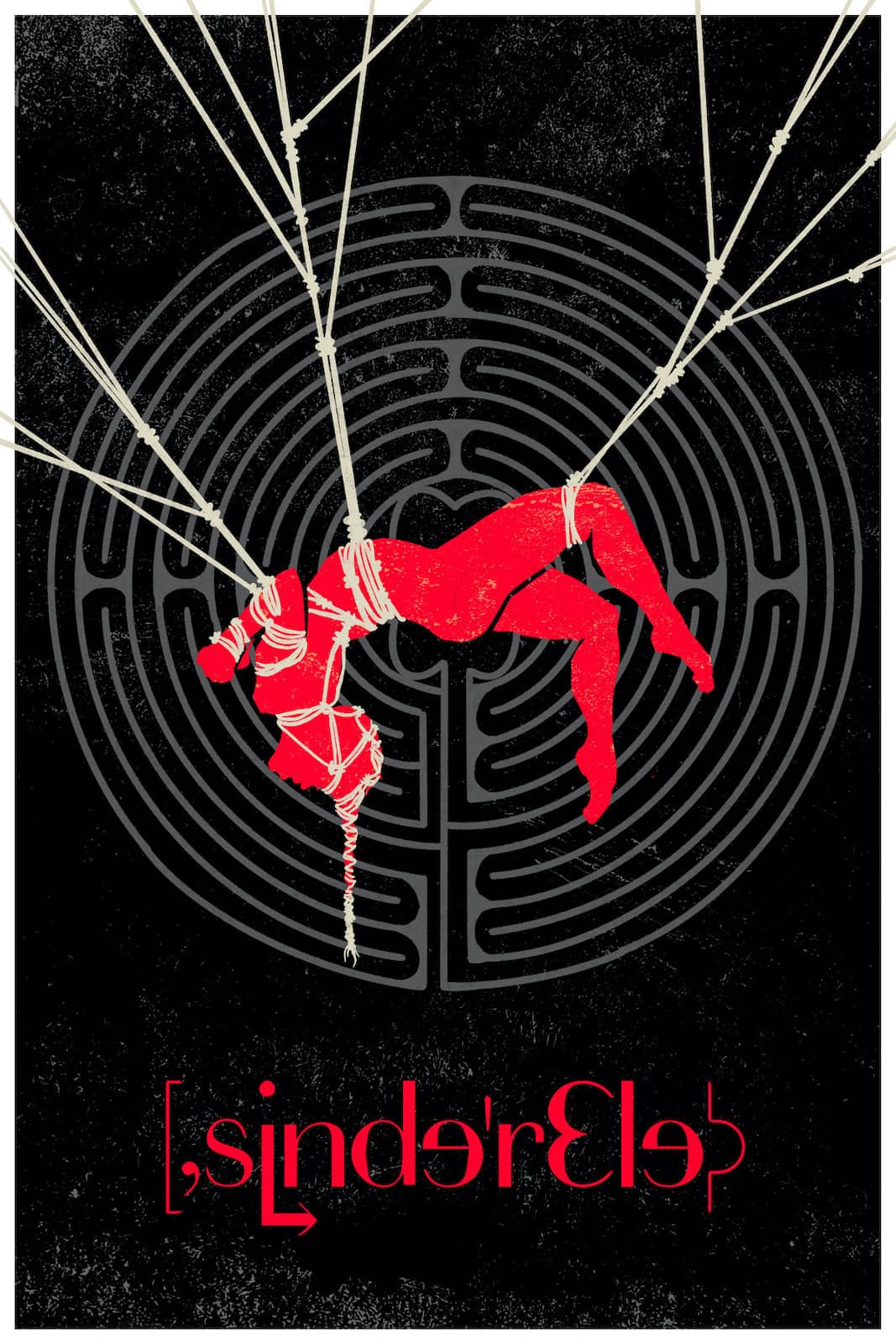
You say you make movies in a fast and dirty way. How does moving quickly help or hinder you?
Frances: I have to change plans a lot as the producer, and it drives people I’m close to crazy. I’m constantly watching the market. I’m the one talking to clients, and I’m always listening to what people want – as well as protecting the people I work with. That’s the job of a producer. My partners think I like the chaos, but I’m not sure about that. I think I learned to live with it and leverage it for success.
Changing all the time can be emotionally draining. However, being flexible and making those changes has opened amazing opportunities in this time, which is crazy after the pandemic. That’s our biggest flaw, having to change all the time – but it’s also our biggest strength. We stay able to move; I think that’s the way things are now after COVID.

What is your project Sirena Roja? What are the intentions & influences behind it?
Frances: We went to Puerto Vallarta to film our TV show, Salsa Sana. We agreed on an interview with a band a year before, but when we got there, there were legal problems with the contracts.
We took our costumes with us in case we ended up filming a music video. We didn’t have a plan as such, but we improvised. It was a fun exercise to realize what we can do in twenty-four hours. In fact, it was the first video we started editing ourselves. That project showed us we can do things very quickly without any special equipment – it’s more about the talent than the budget. This wasn’t an expensive shoot; we didn’t spend a lot of money because we stayed with a friend who has an amazing property and agreed we could shoot there.

What do you think happens to the Siren at the end of the short film?
Frances: I think that she’s free. I don’t know if she wants to be on land, but I think she becomes free and she’s freed by the Shaman. In the beginning, I wrote a horror story for this video – and Dionicio said “no”.
What advice do you have for film students?
Frances: I learned everything I know by producing & working, and I would suggest that the best thing aspiring filmmakers can do is to be producers. Find a film or filmmakers slightly more advanced than you and go & intern.
If you’re studying and working at the same time, make time for your craft. Don’t go to the bar, don’t go to the club – go & intern. You’ll eventually get paid. Keep working on projects throughout your whole degree and create personal goals to get more efficient. The TV industry is very fast: you need to be able to shoot in one day and edit in two, like telenovelas.
Watch everything you can, and find inspiration from other filmmakers. Also, contact local filmmakers and try to work with them. You don’t need to go to L.A. to be a filmmaker. There are people everywhere making content. Go on Instagram and TikTok – learning how to market your content is the key to creating a career in the creative field.
